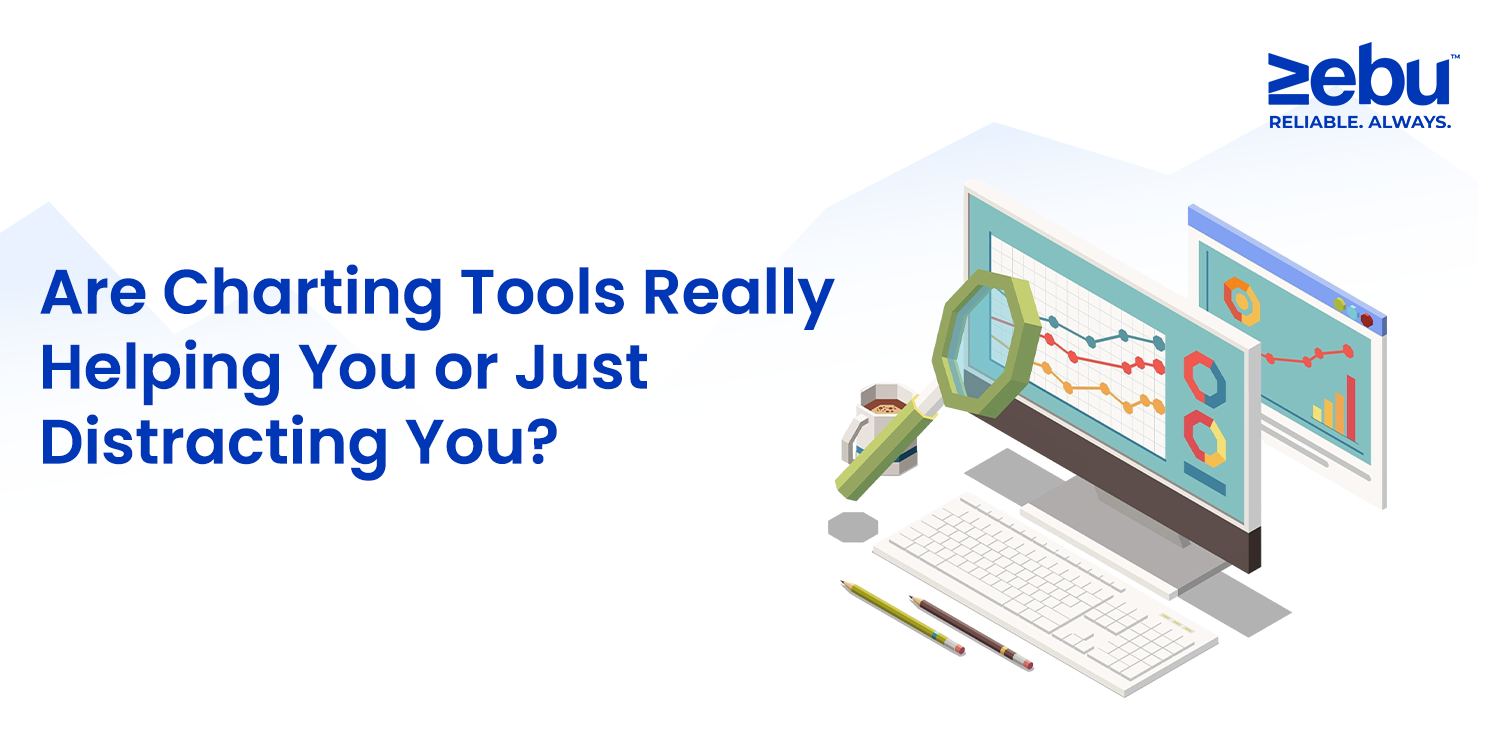
Let’s talk about something that sounds like a shortcut but often turns into a reality check: margin trading. You hear it all the time—“Use margin and multiply your buying power!” Sounds great, right? Put down ₹10,000 and take a position worth ₹50,000. That’s leverage. That’s what margin gives you.
But let’s slow down.
Just because you can use borrowed money doesn’t mean you should. And if you don’t fully understand what’s happening when you use margin, you’re not trading. You’re gambling—with someone else’s money and your own emotions.
So, What Is Margin Really?
Plain and simple, margin means you’re using your broker’s money to buy more than what your current capital allows. Let’s say you’ve got ₹20,000 in your account. Without margin, that’s your limit. With margin, your broker—say Zebu—might let you trade with ₹60,000, depending on the segment and margin rules.
In return, you follow certain conditions: you square off trades within a time frame (especially intraday), maintain minimum balance, and accept that your broker has the right to close your position if it goes south too fast.
It’s Not “Free Money”
This part is important. Margin isn’t a bonus. It’s a loan. A temporary one, but a loan nonetheless. And like any loan, it comes with responsibility. The risk isn’t just that your trade might fail—it’s that a small movement against you gets multiplied. If your position drops by 2% and you’re using 5x leverage, that’s a 10% hit on your actual money. A 4% move? You’re down 20%.
Suddenly, the maths isn’t exciting anymore.
Why Brokers Offer Margin
No mystery here: brokers benefit from higher trading volume. The more you trade, the more brokerage they earn. But reputable brokers like Zebu don’t push you to use it recklessly. They provide tools—like margin calculators and live risk monitors—to show what you’re exposing yourself to. The point isn’t to scare you off. It’s to give you clarity. Because margin can be useful—if used like a scalpel, not a sledgehammer.
How Most New Traders Mess It Up
The common path goes like this:
- You take your first few trades without margin. It goes well.
- You notice how much more you could have made using leverage.
- You flip the margin switch.
- Then, one trade doesn’t go your way.
- You freeze. You wait. The loss grows.
- Before you react, your position is squared off—automatically.
And it feels like you’ve been ambushed. But the warning signs were always there.
What SEBI Did to Protect You
If this sounds risky, you’re right—and that’s why SEBI stepped in. A few years ago, brokers used to offer absurd levels of intraday leverage—sometimes 20x, 40x. You could trade huge volumes with tiny capital. But it was a recipe for panic. Now, margin is capped. Brokers must collect a full upfront margin. And the maximum leverage allowed is much more reasonable—usually 5x or less, depending on the asset.
It’s a good thing. These rules aren’t about control. They’re about keeping you from destroying your capital before you’ve even figured out how the market works.
Tools That Actually Help
Good brokers offer real-time margin calculators, so you know:
- How much you’re usin
- What your exposure is
- What happens if the price drops by X%
Zebu’s platform also shows live alerts for positions nearing risk limits. You’re not flying blind. But you still have to pay attention. Don’t just click “buy” on a margin-enabled trade. Use the calculator. Look at your worst-case outcome. Decide whether you’re still okay with it.
If you are—go ahead. If you’re not, wait. There’s always another trade.
When Margin Can Be Useful
Let’s be clear—it’s not evil. Margin has legit use cases. For example:
- Intraday scalping in high-volume stock
- Short-term event trades, like earnings plays
- Hedging with futures if you already hold the underlying asset
- Spreads in options trading, where you manage risk with structure
But in all of these, the key is planning. If you’re using margin without a strategy—or worse, based on a tip—you’re not using a tool. You’re setting a trap.
Set Rules—And Stick to Them
Margin isn’t for “maybe.” If you’re guessing, don’t use it.
Instead:
- Only use margin on trades with clear stop-loss points
- Limit margin to a small % of your portfolio, especially early on
- Never average down on a margin trade
- Don’t chase losses. Ever.
These sound obvious, but in the moment, emotion clouds logic. Which is why your process has to be set before the trade starts—not during.
How to Know If You’re Not Ready Yet
Here’s a quick checklist. If you find yourself doing any of these, it might be too early for margin:
- You don’t understand how stop-loss orders work
- You can’t explain how margin is calculated in your own word
- You trade based on what’s trending on social media
- You keep trades open without knowing your downside
There’s no shame in waiting. In fact, it’s one of the smartest things a new trader can do.
Final Word: Margin Is a Mirror
It doesn’t change you—it just reflects what’s already there. If you’re disciplined, margin expands your potential. If you’re impulsive, it magnifies your mistakes. It’s not the tool that’s dangerous. It’s how blindly—or carelessly—you use it.
You want to use margin? Cool. Just respect it. Know what you’re borrowing. Know what happens if the trade goes against you. Know when to cut it loose.
Because surviving your early trades is the best strategy you’ve got.
Disclaimer
This post is not investment advice. It’s just an honest look at how margin works and where traders often slip. Zebu provides access and tools, not guarantees or endorsements. Always talk to a trusted advisor if you’re unsure about your next move.
FAQs
- What is the main risk of margin trading?
Margin trading increases both potential gains and losses. The main risk is that losses can exceed your initial investment if the market moves against you.
- Is it safe to trade on margin?
Leverage trading can be safe if used wisely, with proper risk management and position sizing. Blindly using margin increases the chance of big losses.
- Is a margin account dangerous?
A margin in stock market account isn’t inherently dangerous, but it can be risky if you over-leverage or ignore market swings.
- What is a margin call and what happens if I can’t meet it?
A margin call happens when your account value drops below the required level. If unmet, your broker can liquidate positions to cover losses.
- What is the minimum amount needed to start margin trading?
The minimum varies by broker, but most allow you to start with a small deposit while offering leverage on trades.








